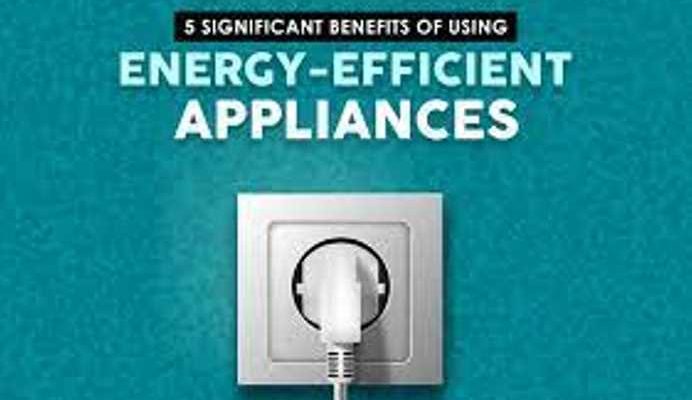With the holidays fast approaching, many of us will be traveling to visit friends and family. While this is an exciting time, it can also add to your stress during the busy holiday season. We tend to cook, bake, and host more parties than usual during the holiday season, which can shrink your wallet if you don’t know how to prevent potentially costly mistakes with your electrical appliances and power usage.
Did you know that using appliances like your dryer for too long can cause your electric bill to skyrocket? Air conditioning and heating systems can be fickle and hard to control. High energy bills shouldn’t be. Playing games like casino NetBet on your PC all day is an excellent example of an energy sucker. The appliances in your home that account for the highest percentage of your electric bill can be identified by your utility company through meters and often pinpointed with a little detective work on your part.
We all have energy hogs in our homes. Some of us have more than others. These energy suckers are the appliances that keep us up at night wondering how to save money on electricity. If you own any of these items, you probably waste way too much money per year on your electric bill.
Fishpond Equipment
Fishponds use a lot of electricity. Although the fish don’t mind the extra warmth, you might not want to pay for it. Your fishpond may be an energy sucker in your home. Here are some ways that a fishpond uses electricity:
Fishpond pumps. A typical pond pump runs on 110 volts and draws 2.5 amps of power. If you have a 1,500-gallon pond, that’s 750 watts or about .85 kilowatts per hour. In most areas of the country, electricity costs from 8 to 10 cents per kilowatt-hour.
Fishpond heaters, filters, lighting, electric heaters, and lighting systems also draw energy, although they generally use much less than pumps do. If you’re using an electric filter (instead of a biological one), make sure it’s rated for ponds up to 20 or 30 gallons per hour; otherwise, it might be more expensive than necessary. The same goes for lights; look for models suited to ponds with at least 10 to 15 gallons of water.
Hot Water Circulation Pump
Do you have an energy-sucking hot water recirculation pump? If you have a gas hot water system in your home, you probably have one. The heat exchanger in your hot water system is designed to heat the incoming cold water. The heat exchanger continues to heat the water, even after leaving the boiler and going through your hot water taps. This requires your hot water recirculation pump to keep circulating the heated water through the pipes in your home.
Set-Top Box
Set-top boxes are becoming more popular than ever, with viewers looking to stream video content on-demand through services like Netflix and Hulu Plus. Still, they can use an incredible amount of electricity when you’re not using them.
If you’ve got a set-top box that’s plugged into the wall 24/7 without being used, it may be costing you more than $50 per year in standby power or “vampire” power drain. Researchers estimate that up to $10 billion in electricity is wasted each year by unused set-top boxes while they are still drawing power from an outlet.”
24/7 Lights
An estimated one in eight homes has a light that is always on. If you have too many lights left on when you leave your home, not only are you wasting energy, but you are also at risk of being burglarized.
Fans
All air-conditioning units, even portable units, require electricity to operate. Therefore, if you choose to use an air conditioner, make sure that your home already has the proper electrical outlets for it. If you are installing a new unit, ensure to use an outlet tester to make sure the outlet is working.
Audio Visual Gear
Many consumers do not know that you can save a lot of energy in your home just by turning off the power switch on audio/visual gear when not in use. In addition to the actual power usage of audio/visual equipment, there is also a significant amount of standby power, which is consumed when electronic devices are plugged in but switched off. The easiest way to reduce this cost would be to unplug your audio/visual gear when not in use or when they are not being used heavily.
Television
Television is one of the primary energy suckers in your home. Your TV (and all electronic devices) can be set up to automatically turn off when not in use for a certain period. With special timers, you can schedule your TV to turn on and off at specific times. You can also use timers to the opposite effect and turn your television on and off at random intervals (great for spooking someone).
If you do not have a DVR (digital video recorder), you can also schedule recordings of the shows you want to watch using your cable company’s website. When you’re ready to watch it, just let your DVR know when you want it to re-record the show, and it will do so for you.



